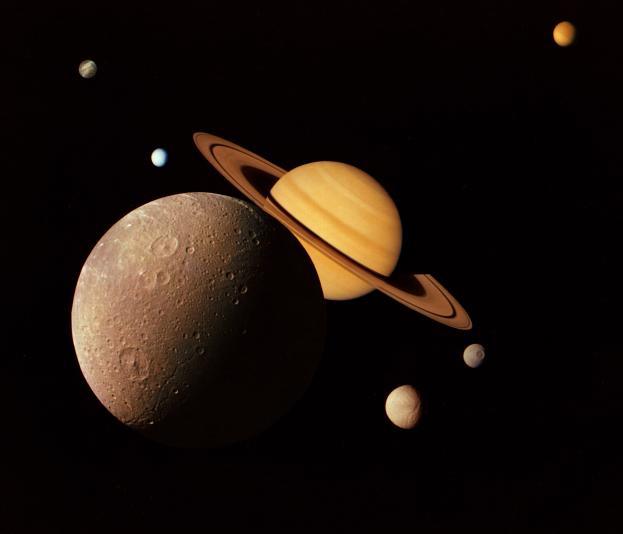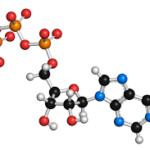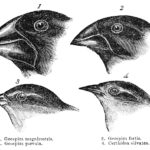Introduction
The minuscule particles known as atoms are the foundation of all matter. Atoms bind with other atoms to from molecules, but they cannot be physically subdivided into anything smaller.
The word ‘atom’ has its origins in Greek, from the word atomos which means “uncuttable” or “indivisible”. The ancient Greeks were pioneers in thinking of the atom as being the minuscule building blocks that all matter is comprised atoms. Even though this was their conception, it wasn’t until 1800s that scientists started to gain a comprehensive understanding how atoms work and function.
Structure
Atoms are made up of smaller particles—electrons, protons, and neutrons. These are called subatomic particles. At the center of an atom is a nucleus consisting of protons and neutrons. Protons carry a positive electrical charge while neutrons have no electric charge; together they’re called nucleons. Surrounding the nucleus is a cloud of electrons with a negative charge.
Scientists hypothesize that subatomic particles—protons, neutrons, and electrons—consist of smaller materials. These materials are commonly referred to as quarks and leptons.
Properties
The atomic number, or the amount of protons an atom’s nucleus has, is vital to understanding atoms. This is because the atomic number determines what kind of element it is – each element has a unique number. For example, hydrogen’s atomic number is 1 because the atom contains one proton in its nucleus; no other elements have an atomic number of 1.
The mass number of an atom is equal to the total sum of protons and neutrons it has. The atomic weight, similarly, equals the mass number divided by a pre-determined figure set by scientists. Although related, these two properties can differ slightly – for instance, carbon’s mass number is 12 but its atomic weight is 12.011.
Isotopes are atoms that have the same atomic number, but different mass numbers. For example, Carbon-12 has six protons and six neutrons per atom, while Carbon-14 has eight neutrons per atom. Although it Eighth neutron makes it an isotope, it still contains the original amount of protons. Without these key particles, it would not be considered carbon anymore.
When an atom has the same number of protons and electrons, we call it a neutral atom. The positive charge of the proton is equal to the negative charge of the electron, so they balance each other out. However, sometimes atoms lose or gain electrons. For example, when sodium reacts with chlorine in water to form table salt (sodium chloride), each sodium atom loses one electron to become a positive ion (Na+). Each chlorine atom gains one electron from Sodium to become a negative ion(Cl-).
Thus, atoms are the smallest particle of an element that has the chemical properties of that element. This means atoms can be further subdivided into smaller particles, but they would no longer be atoms.






